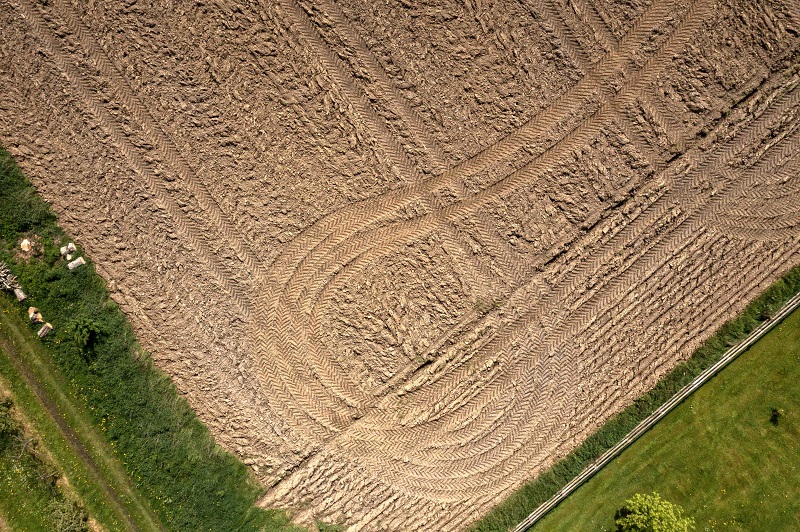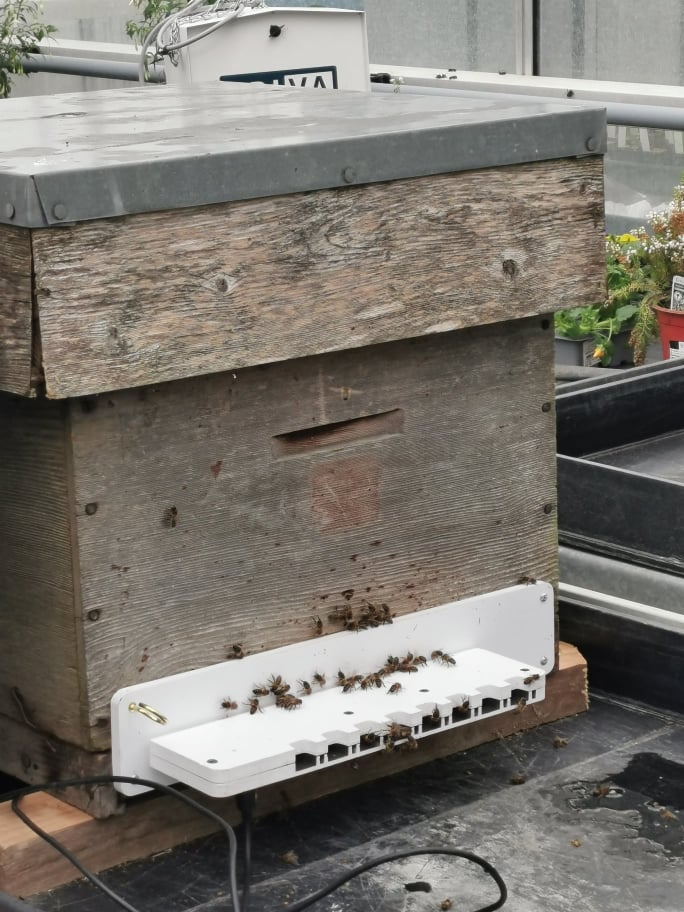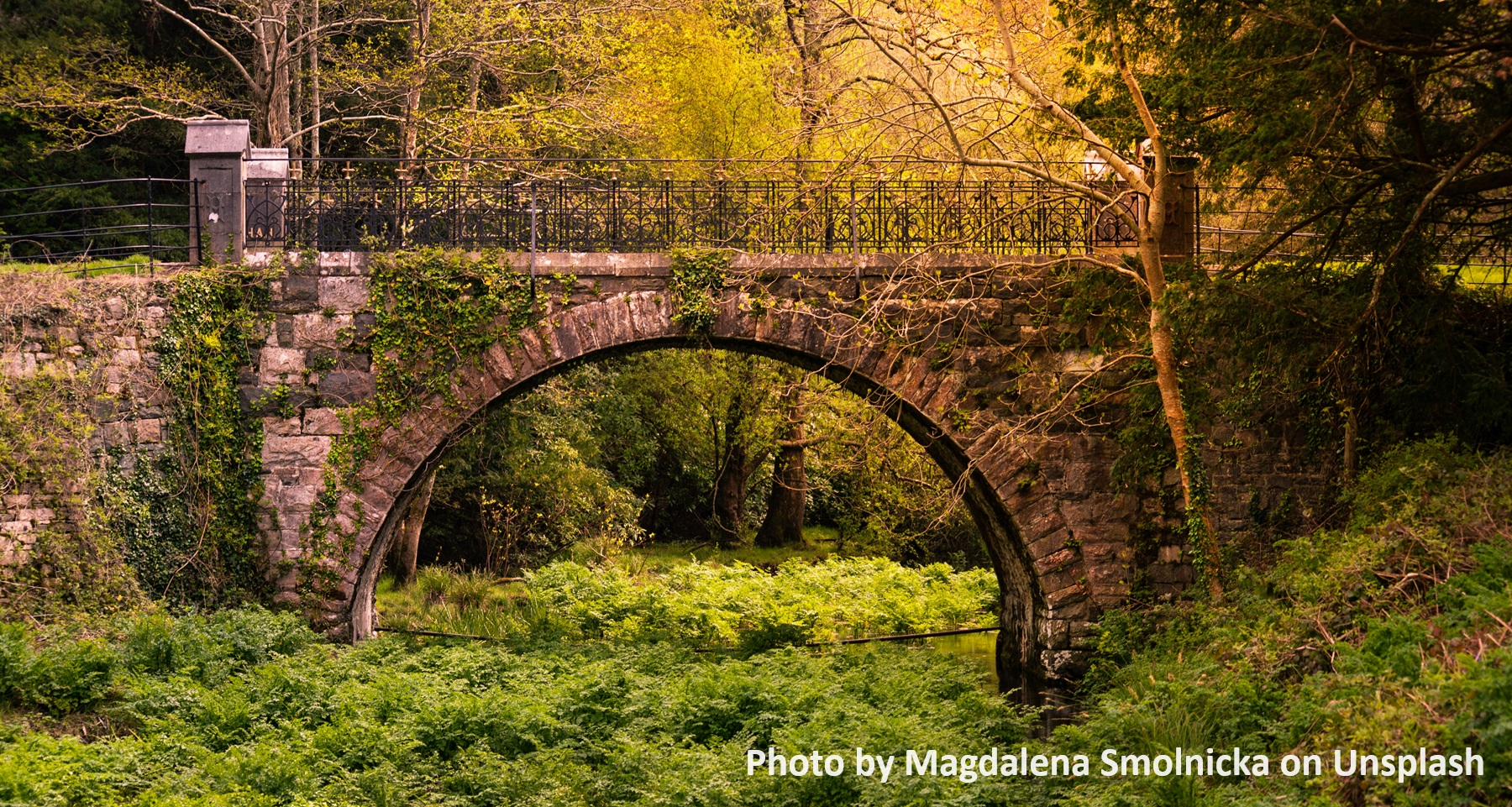The Quickening: new artwork by former Earth Institute artist in residence Deirdre O’Mahony

Deirdre O’Mahony, The Quickening Production still (2023). Photography by Tom Flanagan. Commissioned by The Douglas Hyde Gallery of Contemporary Art, Dublin.
Exhibition runs 29 March – 23 June 2024
Opening: Thursday 28 March, 6pm – 8pm
The Quickening, a new artwork by artist Deirdre O’Mahony will open at The Douglas Hyde Gallery of Contemporary Art on 28 March and run until 23 June. Deirdre was UCD Parity Studios, Earth Institute and Dún Laoghaire-Rathdown County Council artist in residence in 2021-2022 and engaged with UCD researchers during this time.
Bringing together urgent conversations, original music and moving image, The Quickening responds to issues facing farming, food production and consumption, in the face of present ecological and climate crises. The project is the culmination of over three years of research and the exhibition at The Douglas Hyde will be followed by the Walls & Halls Tour in community spaces and farms in Carlow, Waterford, Kilkenny, Tipperary, Wicklow, and Wexford, from April 18th to May 4th 2024.
In her practice, Deirdre O’Mahony explores the politics and possibilities of place through sculpture, painting, installation and collaborative projects. From setting up community spaces amongst a charged local conflict, to her large-scale paintings produced by tracing the shadows of boulders on Mullaghmore Mountain in the Burren, she forges a path for art to bring together diverse communities and form alternate forms of knowledge. For O’Mahony, art is a critical space to explore the human and the more-than human.
Voices are central to The Quickening, which emerged from gathering together and conversations. O’Mahony’s ‘Sustainment Experiments’ feasts generated open and frank discussions between farmers, scientists and politicians which, transcribed, have become a libretto for this impactful new work. The libretto was developed by O’Mahony and writer Joanna Walsh, and is voiced and accompanied by singers and musicians, Branwen Kavanagh, Michelle Doyle, Siobhán Kavanagh, Ultan O’ Brien and Eoghan Ó Ceannabháin, each with a distinctive pitch, style, pace and vocabulary.
The many voices in the film communicate the reality of farming life and the centrality of soil to our lives, as they deliberate over sowing and harvesting, extreme weather, volatile demands of the market, food regulation, and anxious, increasingly polarised discourses around food. All the while, other voices insist on being heard; breathing animals, the movements of insect and soil creatures. The viewer is made aware of the assembled, complex and collective roots that unsettle opposition between human and more than human.
This awareness is deepened by the accompanying moving imagery captured across rural Ireland from multiple perspectives. Varied viewpoints show the land and its many inhabitants affected by the unseasonal droughts, floods, and eroding, brought on by accelerating climate change. We are at a critical moment. As O’Mahony states, “The Quickening represents a polyvocal response to the most urgent questions affecting land and its inhabitants, giving voice to the invisible protagonists that shape our earth's future and an idea of being-in-common that encompasses all earthly inhabitants.”
After the exhibition at The Douglas Hyde in Trinity College Dublin, it will tour to six rural locations in the East and South East, among them barns, farms and community centres as part of the Walls & Halls tour. Each screening includes a respondent and Q&A session which will focus on a particular aspect of the film, developed in partnership with local farming communities, Art Centres and County Arts Offices.
The Quickening was commissioned by The Douglas Hyde Gallery of Contemporary Art and supported by The Arts Council/An Chomhairle Ealaíon through a Project Award (2021/2023) and The Douglas Hyde; Butler Gallery, Kilkenny; Carlow Arts Office, Carlow; Irish Museum of Modern Art, Dublin; Kilkenny Arts Office, Kilkenny; Kunstverein Aughrim, Aughrim; Lismore Castle Arts, Lismore; South Tipperary Arts Centre (STAC), Clonmel; VISUAL Carlow, Carlow; Wexford Arts Office, Wexford; and Wexford Arts Centre, Wexford. With research supported by Fire Station Artists’ Studios Residency and Sculpture Award, Dublin; Kilkenny Arts Office/Centre Culturel Irlandais, Residency Award, Paris, National Sculpture Factory, Cork; Butler Gallery Soil Residency, Kilkenny; VISUAL Carlow residency, Carlow; and UCD Parity Studios Residency in partnership with UCD Earth Institute and Dún Laoghaire-Rathdown County Council, Dublin.

.jpg)
